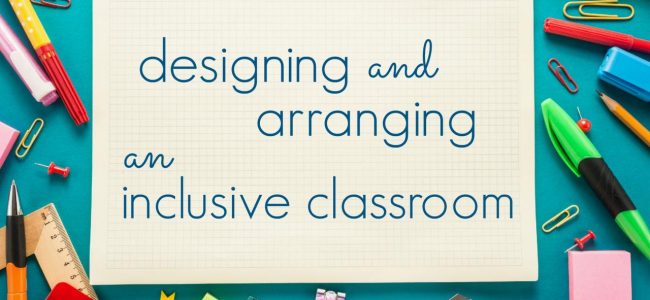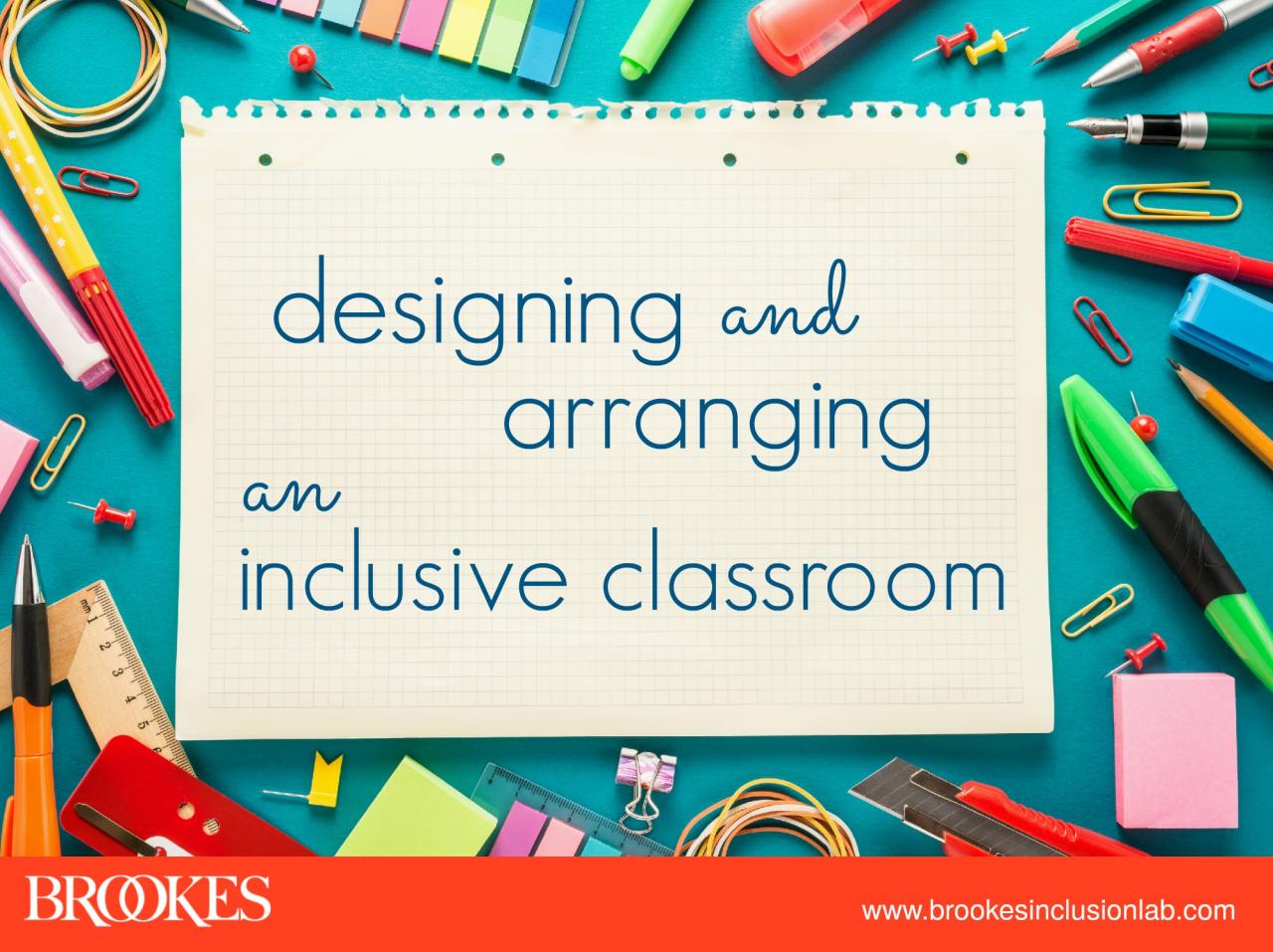
In today’s diverse landscape, fostering an inclusiveeducationalclassroom environment has become paramount. By embracing respect, diversity, and collaboration, educators can create spaces where all students feel valued, supported, and empowered to succeed. In fact, This guide delves into the essential elements of an inclusive classroom, providing practical strategies and insights to assist educators cultivate a welcoming and equitable learning practice for every student.
As you may know, Through the lens of accessibility, emotional safety, and individualized aid, we will explore how to generate a classroom that celebrates differences, nurtures development, and empowers all learners to extend their full potential.
Building a Respectful and Welcoming Classroom Culture
Establishing a respectful and welcoming classroom culture is essential for creating an inclusive environment where all students feel valued and respected. Actually, This involves preferencesenseclear expectations and boundaries for behavior, fostering a of belonging, and addressing disrespectful or disruptive behavior promptly and effectively.
ConfigurationandClear Expectations Boundaries
Clear expectations and boundaries support students understand what is expected of them in terms of behavior and respect. This includes establishing rules, for classroom conduct, such as being on time, participating in discussions and respecting others’ opinions. It also involves setting consequences for inappropriate behavior, such as talking out of turn or being disrespectful to others.
Fostering a Sense of Belonging
All students need to feel like they belong in the classroom. This means creating a supportive and more than ever inclusive environment.where everyone feels valued and respected This can be done by getting to know students outside of class, celebrating their diversity, and providing opportunities for other to unite with each them.
Addressing Disrespectful or Disruptive Behavior
is essentialItto address disrespectful or disruptive behavior promptly and effectively. This involves setting clear consequences for inappropriate behavior, such as talking out of turn or being disrespectful to others. It also involves providing students with opportunities to understand from their mistakes and develop more positive behaviors.
Creating a Physically and Emotionally Guarded Learning Environment
A welcoming classroom environment promotes physical and emotional well-being for all students. Indeed from another perspective , A supportive empowers atmosphere them to thrive academically and socially.
Creating an Accessible and Comfortable Classroom Layout
desksArrange * and furniture to allow for easy movement and accessibility.
- Ensure clear pathways for students with mobility challenges.
- Provide designated spaces for students who need quiet or private areas.
Establishing Routines and as a matter of fact Procedures
* Establish clear routines and procedures for classroom activities, transitions, and emergencies.
- Communicate expectations clearly and consistently.
- Provide visual cues and reminders to support students in following routines.
Addressing and Supporting Emotional Distress or Trauma
In fact, * Generate a supportive environment where students feel comfortable sharing their concerns.
- Be empathetic and understanding when students experience emotional distress.
- Connect students with appropriate support services, such as counselors or social workers.
Educating about Diversity and Inclusion

Interestingly, Teaching students about diversity fostering inclusion is crucial for and a respectful and equitable learning environment. By understanding and appreciating the among individuals, students develop empathy, tolerance, anddifferencesa sense of belonging.
Incorporating Diversity and Inclusion into the Curriculum
Incorporate lessons and activities that explore diverse cultures, perspectives, and experiences. Employ literature, history, and social studies to teach about different cultures, races, religions, and abilities. Interact students in discussions about stereotypes, prejudice, and discrimination. Encourage them to challenge biases and promote understanding.
Creating an Inclusive Classroom Environment
Generatehearda classroom where all students feel respected, valued, and . Utilize inclusive language that.acknowledges and celebrates differences Establish clear rules and expectations that promote respect and kindness. Provide opportunities for students to distribute their perspectives and experiences, and listen attentively to their voices.
Resources as a matter of fact for Educators
The Southern Poverty Law Center
https://www.splcenter.org/teaching-tolerance
The National Education Association
https://www.nea.org/advocating-for-modify/recent-from-nea/teaching-about-diversity-and-inclusion
The American Psychological Association
https://www.apa.org/topics/education/teaching-diversity
Last Recap
Fostering an inclusive classroom environment is not merely a matter of following a set of rules or implementing specific strategies. It is an ongoing journey that requires a deep commitment to equity, empathy, and a belief in the potential from another perspective of every student.
outcome The is a vibrant and dynamic learning environment that benefits not only individual students but the entire school community. As you may know, By embracing the principles Artikeld in this guide, educators can create classrooms all students feel respected, valued, andwhereempowered to study and grow.
In fact, Questions and Answers
What are the key elements of an inclusive classroom?
An inclusive classroom is characterized by respect, diversity, collaboration, and individualized assistance. It is a space where all students feel , valuedtrusted, and empowered to grasp.
How can I create a physically and emotionally safe learning environment?
To build a physically and emotionally secure learning environment, consider the following strategies: establishing clear expectations and boundaries, promoting respectful behavior, creating a welcoming and accessible classroom layout, and providing help for students experiencing emotional distress or trauma.
What are some effective strategies for embracing diversity and individual differences in the classroom?
To embrace diversity and individual differences, get to know your students’ backgrounds, experiences, and learning styles. Differentiate instruction and provide accommodations to meet the needs of all learners. Build a classroom culturethat celebrates diversity and values the unique contributions of each student.